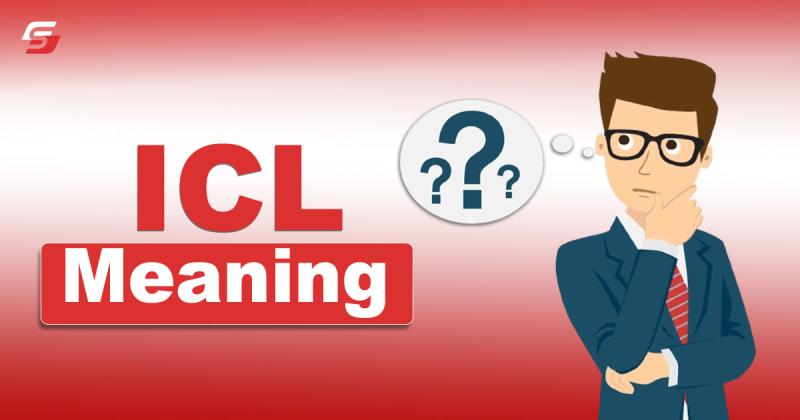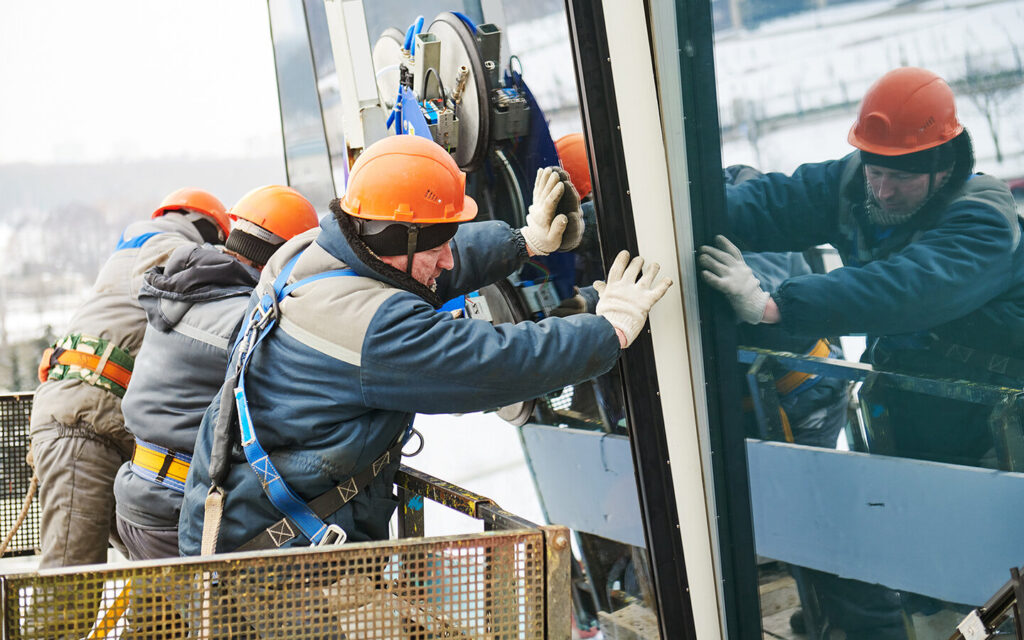Introduction: The Rise of Jujutsu Kaisen and Its Iconic Manga Panels
“Jujutsu Kaisen” (often abbreviated as JJK) has become a cultural phenomenon, capturing the imagination of manga enthusiasts around the world. Created by Gege Akutami, the series merges intense storytelling, deep emotional arcs, supernatural horror, and high-octane battles. However, what truly elevates the reading experience is the use of JJK manga panels — the raw, dynamic, and intricate visual storytelling medium that brings Akutami’s vision to life.
This article delves into the essence of JJK manga panels, analyzing their stylistic approach, impact on storytelling, artistic techniques, fan reception, and their unique place in the manga industry.
1. The Role of Manga Panels in Storytelling
Manga panels are more than just illustrations; they are the heart of visual storytelling. In JJK manga panels, Gege Akutami masterfully uses panel design to:
- Build tension and pace in battle sequences.
- Portray emotion and character development through close-ups and facial expressions.
- Create fluid movement, especially in fight scenes.
- Balance horror and action by contrasting chaos with silence or stillness.
Each panel is thoughtfully composed to serve a purpose, whether it’s shocking the reader, offering relief, or conveying inner turmoil. Akutami has an uncanny ability to compress profound emotions into a single frame.
2. Iconic JJK Manga Panels That Define the Series
a. Gojo Satoru’s Domain Expansion (Infinite Void)
Perhaps one of the most visually jaw-dropping JJK manga panels, Gojo’s Domain Expansion showcases his god-like power. The way Akutami draws the chaotic serenity of “Infinity” — swirling particles, negative space, and a haunting stillness — stunned readers. It’s a moment that highlights Gojo’s supremacy while unsettling the audience with its cosmic scale.
b. Yuji Itadori’s Emotional Breakdown
In several key arcs, including the aftermath of the Shibuya Incident, Akutami uses JJK manga panels to portray Yuji’s mental collapse. The rawness in his expressions, framed in tight, sketchy lines with little dialogue, reflects the weight of guilt and despair. It shows how panels can transcend words.
c. Sukuna’s Ruthless Power
Sukuna’s appearances are marked by explosive panel layouts. Whether it’s slicing through enemies or standing atop corpses with a smirk, his panels exude dominance. The detail in his facial features, eyes, and cursed energy swirls creates an unforgettable image of evil incarnate.
d. Toji Fushiguro’s Return
Toji’s resurgence in the manga brought with it some of the most intense and gritty JJK manga panels. His brutal fights are illustrated with kinetic energy, jagged motion lines, and violent impact frames that pull readers into the chaos.
3. Visual Techniques Used in JJK Manga Panels
a. Dynamic Angles and Perspective
Akutami frequently shifts angles within a single scene — from low-angle shots that elevate characters like Gojo or Sukuna, to wide panels showing the destruction left behind. This manipulation of space builds an immersive visual experience.
b. Use of Negative Space
In moments of emotional climax or terror, Akutami employs negative space effectively. Empty backgrounds highlight facial expressions, making emotions pop out of the page. This also helps in giving scenes a psychological depth.
c. Motion and Impact
The use of speed lines, blur effects, and exaggerated movement makes battles in JJK manga panels feel alive. When fists collide or techniques unleash, you almost hear the boom — that’s how immersive the art is.
d. Grainy Textures and Heavy Inking
Gege Akutami’s art is often rough around the edges, using thick inking and gritty textures. This complements the dark themes of the story and gives the manga its signature unpolished yet emotionally resonant look.
4. Narrative Depth Through Visual Metaphors
JJK manga panels aren’t just about action. Akutami often inserts visual metaphors that deepen the story. For instance:
- Butterflies and flowers symbolizing fleeting life or beauty before death.
- Shadows and mirror reflections to suggest duality within characters like Yuji/Sukuna or Geto/Kenjaku.
- Breaking panels during emotional collapse, where even the layout fractures to mirror a character’s psyche.
These details require keen readers to pick up the layered symbolism that makes each reread more meaningful.
5. Fan Culture and the Spread of JJK Manga Panels

The popularity of JJK manga panels extends beyond the pages. On platforms like Reddit, Twitter, and Pinterest, fans share and analyze panels endlessly. Some common trends include:
- Colorized fan art: Artists reimagine black-and-white manga panels in vivid colors.
- Panel edits with quotes: Popular on Instagram, emotional or badass quotes are combined with panels for dramatic impact.
- Memes and parodies: Scenes like Sukuna looking down on Jogo have become meme templates.
Fan culture keeps the panel art alive, extending its reach into mainstream pop culture.
6. Comparison with Other Manga Art Styles
While JJK manga panels are gritty and raw, they contrast with:
- Clean, polished styles like My Hero Academia or Demon Slayer.
- Highly stylized visuals in Bleach, which often use minimalism and fashion-inspired poses.
- Classic line art of Naruto, where motion is clean and emotions are expressed more traditionally.
JJK stands out for its unrefined yet emotionally charged look, which many fans argue is more “real” and visceral.
7. JJK Manga Panels in Animation: A Transition to the Screen
Studio MAPPA did an exceptional job translating JJK manga panels into animated form. Panels like:
- Gojo removing his blindfold,
- Sukuna’s first possession of Yuji, or
- The Shibuya Incident battles,
are recreated nearly panel-for-panel, showcasing respect for the source material. The anime retains the gritty aesthetic, sometimes enhancing it with fluid animation and sound design.
However, purists still argue that the manga panels have a raw power that animation cannot fully capture — especially in moments where stillness and ambiguity carry more emotional weight than movement.
8. The Evolution of Art Style in JJK Manga Panels
Over the course of the series, Akutami’s art style has evolved dramatically:
- Early Chapters: Cleaner lines, simpler backgrounds, more traditional shonen look.
- Shibuya Incident Arc: Art becomes darker, rougher, and more experimental. Panel layouts get chaotic, echoing the tone of the arc.
- Culling Game Arc and Beyond: Even more abstract expressions, with surreal imagery and minimalism used in emotional or introspective moments.
This evolution reflects Akutami’s growing confidence and desire to push visual boundaries.
Conclusion: The Power and Legacy of JJK Manga Panels
JJK manga panels are a masterclass in visual storytelling. They blend chaos and clarity, emotion and violence, tradition and experimentation. Gege Akutami uses each panel not just to tell a story but to evoke visceral reactions, forcing readers to feel every punch, every scream, every tear.
More than just drawings, these panels have become a vital part of manga culture. They are studied, shared, colorized, and celebrated across the globe. As the series continues, so will its legacy — etched into manga history, one panel at a time.
FAQs
Q1. What makes JJK manga panels stand out compared to other series?
A: The panels are known for their gritty detail, emotional depth, dynamic action, and symbolic elements. Gege Akutami’s unique style sets JJK apart from more polished or traditional manga.
Q2. Are the anime adaptations faithful to the JJK manga panels?
A: Yes, Studio MAPPA has done an excellent job adapting the manga into anime, often replicating key panels with great accuracy. However, some fans still prefer the raw intensity of the original manga panels.
Q3. Where can I find high-quality JJK manga panels?
A: Official digital manga platforms like Shonen Jump and Manga Plus offer legal access. Fans also share colorized or enhanced versions on platforms like Pinterest, Reddit, and Twitter.
Q4. Why are some JJK manga panels hard to interpret?
A: Gege Akutami uses abstract designs and unconventional paneling, especially during mental breakdowns or surreal scenes. These require careful reading and sometimes rereading for full understanding.
Q5. Has the art style of JJK manga panels changed over time?
A: Absolutely. The art has evolved from clean and structured to more expressive and experimental, reflecting the darker tone of the story as it progresses.
Also read: Sky Protection Reviews


Pingback: SYFM: Exploring the Future of Smart Youth-Focused Media (SYFM) - NYWeeklys